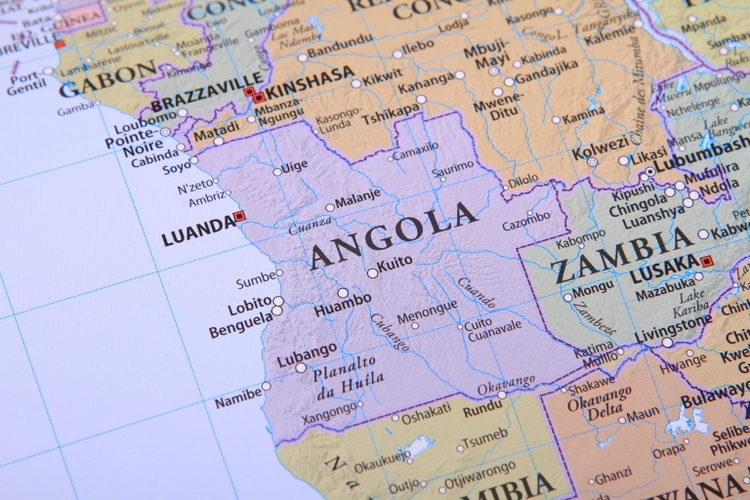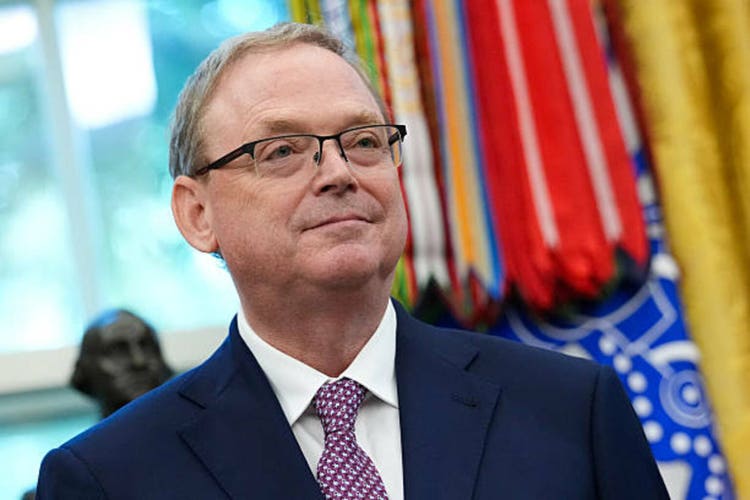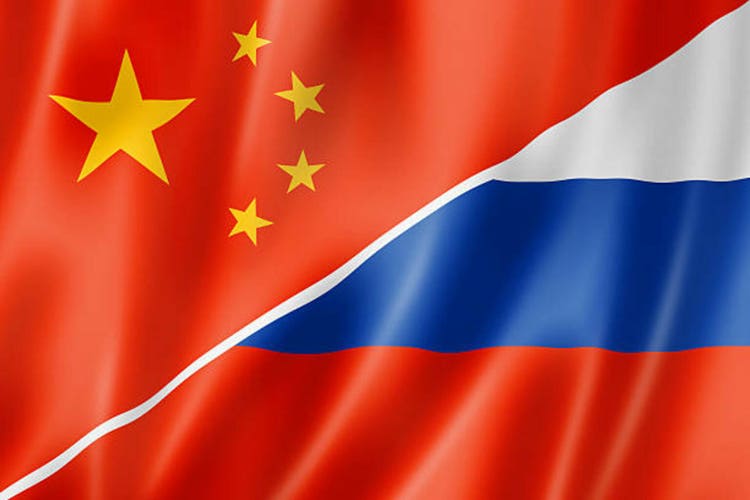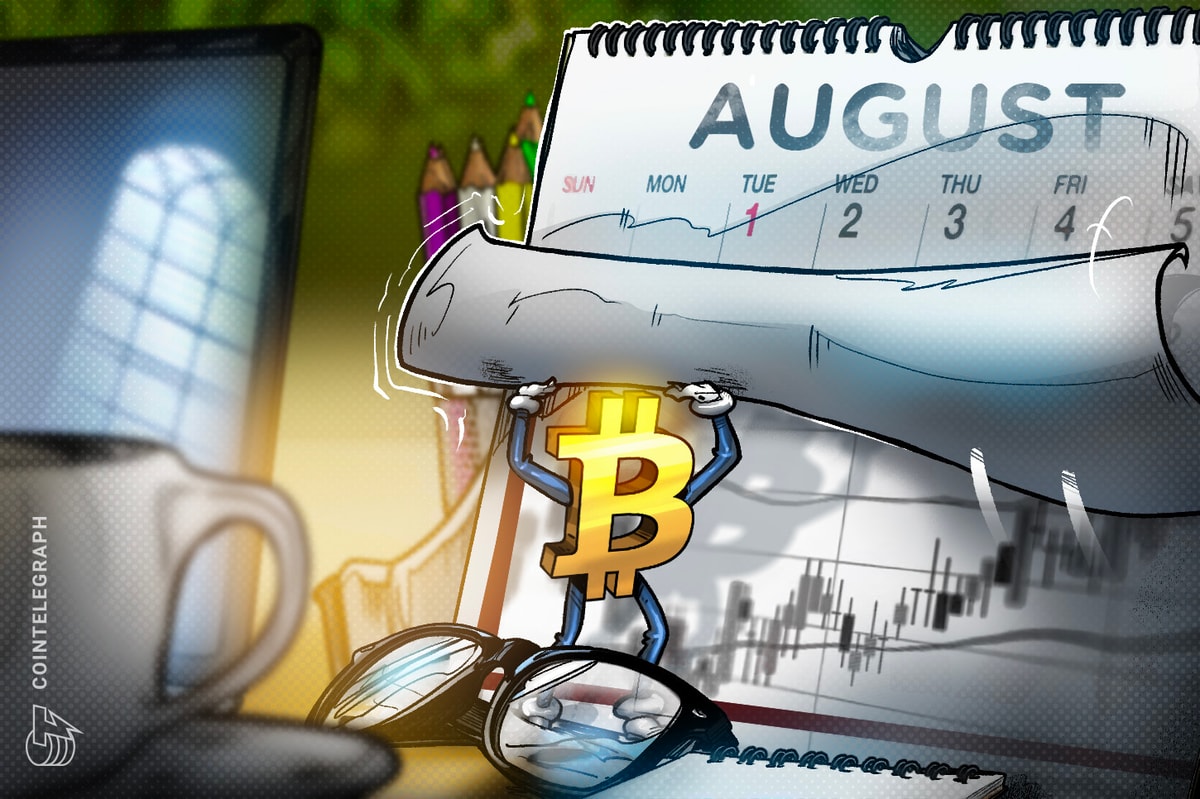 PHILIPPINE STAR/NOEL B. PABALATE
PHILIPPINE STAR/NOEL B. PABALATEBy Luisa Maria Jacinta C. Jocson, Senior Reporter
THE BANGKO SENTRAL ng Pilipinas’ (BSP) monetary policy and other tools will be key to supporting the economy and ensuring the stability of the country’s financial system amid a volatile external environment.
“In a highly uncertain environment, central banks like the BSP can play a key stabilizing role by striking the right balance between managing inflation and growth risks,” Asian Development Bank (ADB) Macroeconomics Research Division Principal Economist Matteo Lanzafame said in an e-mail.
Moody’s Analytics economist Sarah Tan said that central banks “play a critical role in anchoring stability” amid heightened uncertainty.
“For the BSP, this involves deploying its policy toolkit to maintain price stability, ensure orderly market functioning, and support sustainable growth,” Ms. Tan said in an e-mail.
The Bank for International Settlements (BIS) in its latest Annual Economic Report said that central banks must deal with the immediate fallout while keeping top of mind the deeper structural weaknesses that threaten the resilience of the global economy.
Markets and economies across the globe have been jolted by the United States’ flip-flopping trade policies since early this year.
The US slapped a 19% tariff on Philippine goods in a trade deal secured between President Ferdinand R. Marcos, Jr. and US President Donald J. Trump in July. The tariff rate took effect on Aug. 7.
This was the same rate imposed on goods from Cambodia, Malaysia, Thailand and Indonesia. It is slightly higher than the 20% on Vietnam and Taiwan, but lower than the 15% for Japan and South Korea.
“The BSP can help cushion the economy through continued monetary policy easing, which eases pressure on household budgets and supports spending,” Ms. Tan said.
The Philippine economy grew an annual 5.5% in the second quarter, up from 5.4% in the first quarter.
For the first half, gross domestic product (GDP) growth averaged 5.4%, slower than the 6.2% a year ago.
Department of Economy, Planning, and Development (DEPDev) Secretary Arsenio M. Balisacan said GDP must grow by 5.6% for the rest of the year to achieve the low end of the 5.5-6.5% full-year target.
“To the extent that central banks including the BSP have the monetary space to help stimulate economic growth, they can provide such a support,” GlobalSource Country Analyst for the Philippines and former BSP Deputy Governor Diwa C. Guinigundo said.
Pantheon Macroeconomics Chief Emerging Asia Economist Miguel Chanco said that monetary policy must continue “doing most of the heavy lifting in terms of supporting growth in these uncertain times.”
On the impact on corporates, the BSP can also boost liquidity to the banking system to ensure continuous credit flow.
‘COMMENDABLE JOB’
“One of the most important roles of a central bank is to provide price stability, especially during uncertain times,” East West Banking Corp. Chief Executive Officer Jerry G. Ngo said.
He said the BSP has done a “commendable job” keeping a clear forward guidance on the direction of interest rates.
“Further, the central bank has continued to lower intermediation costs and improve its liquidity facilities to support banks in carrying on with their lending activities. These measures have been crucial in supporting balanced and sustainable economic growth, even through uncertainty.”
Mr. Ngo also noted how the BSP’s policy direction shapes investor confidence.
“As we progress in our economic development, being open to foreign capital is crucial. A strong, credible central bank signals long-term stability and helps attract the kind of investments that support capital formation, not just consumption-led momentum,” he said.
HSBC economist for ASEAN Aris D. Dacanay said the next year and a half will likely be challenging across Southeast Asia.
“Navigating tariffs and the risks of more is already a given, not to mention the geopolitical risks looming around the globe.”
“In fact, the sheer uncertainty in global trade policy should already deter some trade and investments — enough to take a toll on overall growth.”
As ASEAN economies are small and open, they may have “no choice but to ride the turbulent waters of trade,” Mr. Dacanay said.
“But as economies face the inevitable, policymakers will likely crank their domestic economies to make up for the slack in trade, setting the stage for monetary easing,” he added.
FURTHER EASING AHEAD
Analysts said the central bank can continue its rate-cutting cycle to stimulate economic growth amid external headwinds.
“The BSP has space to continue loosening its monetary stance to support domestic demand, cushioning the economy against external shocks,” ADB’s Mr. Lanzafame said.
“A cautious approach, however, continues to be warranted, as uncertainty and risks remain high,” he added.
ADB Economic Research and Development Impact Department Principal Economist John Beirne likewise noted the need for vigilance.
“While growth risks due to external challenges, along with moderating inflation, support the case for the BSP to lower interest rates, financial stability risks also need to be taken into account,” he said.
Mr. Beirne flagged the possibility of capital outflows and currency depreciation if the US does not cut rates as anticipated by markets.
“Safeguarding investor confidence will be important in the face of these risks, including through well-coordinated monetary and macroprudential policies,” he added.
Mr. Chanco said the BSP can and should lower borrowing costs further as inflation will likely remain below the 2-4% target band for the remainder of this year.
“Inflation in the Philippines has been reined in and remained low and stable in the first half of the year. This creates room for further easing,” Ms. Tan said.
Headline inflation rose 0.9% year on year in July, the slowest pace in nearly six years, or since the 0.6% print posted in October 2019.
For the first seven months of the year, inflation averaged 1.7%. Inflation has so far settled within or below the 2-4% target range for the full year.
The BSP expects inflation to average 1.7% this year as expectations remain well-anchored.
At the Aug. 28 meeting, the Monetary Board cut policy rates by 25 bps, bringing the benchmark rate to 5%, the lowest since November 2022.
The central bank has reduced policy rates by a total of 150 bps since it began its easing cycle in August 2024.
“Based on the latest data, I think this puts us at our sweet spot for both inflation and output,” BSP Governor Eli M. Remolona, Jr. said during the Aug. 28 briefing.
“The projected inflation rate over the next year or so is where we want it to be. Output is moving to where we think our capacity is,” he said. “The policy rate itself is at our ‘Goldilocks’ rate — neither too high nor too low.”
Mr. Remolona said there is room for another rate cut this year.
“The data can change. The sweet spot can move… I think we have space for one more cut. If the data develops the way we think it will develop, then maybe one more cut this year,” the BSP chief said.
The Monetary Board has two remaining meetings scheduled for October and December.
LENDING DEMAND
As the BSP continues its easing cycle, banks have started to see the effect on demand for loans.
“We’ve definitely seen increased credit demand since the BSP started cutting rates in August 2024. This has helped push the banking industry’s loan growth to 12%,” Mr. Ngo said.
“With inflation under control at 1.9%, there is room for further rate cuts, barring any global and domestic headwinds. Doing so can spur more demand for credit towards productive uses and ultimately translate to economic growth.”
Bank lending grew by 11.3% year on year to P13.37 trillion as of May, the latest BSP data showed. Consumer loans to residents jumped by 23.7% to P1.699 trillion during the month.
“One of the reasons why we continue to see robust growth in our corporate sector and our small and medium (SME) enterprise sector is the fact that interest rates are lower,” Bankers Association of the Philippines President and Bank of the Philippine Islands (BPI) President and Chief Executive Officer Teodoro K. Limcaoco said.
“Therefore, it encourages these companies to borrow to make their investments, so it’s good for the economy,” he added.
Mr. Limcaoco said the BSP’s monetary easing has resulted in lower margins but noted that loan demand “would not have been as strong without these cuts.”
“As access to credit improves, it is essential that we reinforce responsible lending practices. Expanding credit responsibly, not just broadly, will be key to ensuring long-term financial resilience and inclusive growth,” Mr. Ngo added.
However, analysts noted risks that the central bank must keep an eye out for as it continues cutting rates.
“BSP’s ears should remain firmly on the ground to make sure we don’t see further capital outflows, reversal in the peso, and intensification of upside risks,” Mr. Guinigundo said.
Mr. Dacanay said that risks such as geopolitics and other domestic policies “will likely keep the BSP on its toes.”
“Any uptick in global oil prices or any increase in the tariff rates of rice could dim the stage for the BSP to boost consumption and investment,” he added.
Ms. Tan said the BSP will need to monitor several factors closely such as “potential inflationary pressures stemming from geopolitical tensions and global policy shifts, as well as the impact of previous rate cuts on domestic demand.”
GlobalSource’s Mr. Guinigundo said that the BSP could resort to using other tools like reserve requirements and macroprudential policy to “keep the volume of liquidity consistent with inflation and growth requirements.”
“The biggest risk for me from the perspective of financial instability is the tight rope the BSP has to walk as it continues to lower interest rates,” Mr. Chanco added.
FINANCIAL STABILITY
Meanwhile, the BSP will also be crucial in maintaining stability in the financial system despite these shocks.
“Higher US tariffs pose a risk to the country’s economic and financial stability as it dampens global trade and investor confidence,” Ms. Tan said.
Even though the Philippines secured a trade deal with the US, she said it is still too early to assess the impact.
“Slower economic growth and tighter financial conditions may lead to more credit stress in vulnerable sectors, which could affect the quality of bank assets.”
The BSP in its latest financial stability report said that the Philippines’ financial system remains resilient but faces moderate risks that warrant close monitoring.
“While the Philippine financial health remains sound, these risks highlight the importance of maintaining strong financial safeguards, closely monitoring emerging risks, and being ready to adjust policies quickly, when necessary,” Ms. Tan said.
EastWest Bank’s Mr. Ngo said the BSP’s policy guidance will be crucial at this time.
“During uncertain times, there is a heightened risk of tightening market liquidity as companies and banks alike increase cash buffers. If left unchecked, this may cause credit tightening,” he said.
“However, with the BSP providing clear guidance and ensuring ample system liquidity, banks are empowered to do what they do best — allocate economic capital efficiently,” he added.
Mr. Guinigundo said that the interconnectedness in bank and corporate loans should always be monitored.
“Any sustained increase in nonperforming loans and decline in the loan to deposit ratio should always get the attention of our bank regulators.”
The latest central bank data showed that nonperforming loans accounted for 3.38% of the banking sector’s total loan book in May.
“Good that our banks’ capital base remains solid but other metrics should be carefully monitored and appropriate actions taken when any sign of trouble becomes more apparent,” Mr. Guinigundo said.
Expanding access to credit while upholding strong credit standards helps banks “provide a measure of stability not only for the financial system but the economy as a whole,” Mr. Ngo added.

 5 hours ago
1
5 hours ago
1




















 English (US) ·
English (US) ·